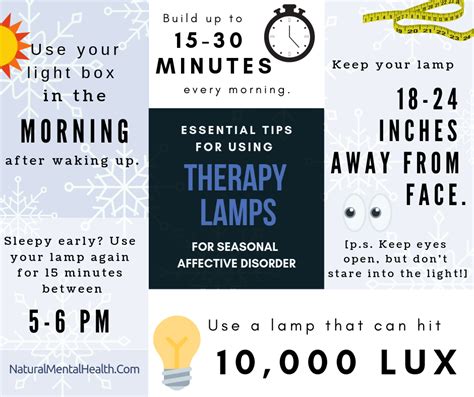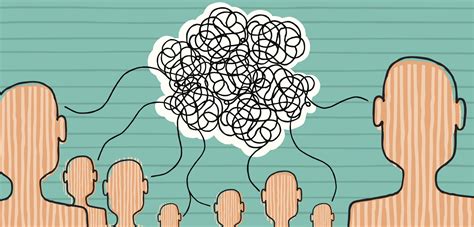Intro
Discover how sad lights help with Seasonal Affective Disorder, mood boosting, and energy enhancement, using light therapy and UV-free technology to improve mental health and overall well-being.
The changing seasons can bring about a multitude of emotions, and for some, the darker winter months can lead to feelings of sadness and lethargy. Seasonal Affective Disorder (SAD) is a common condition that affects millions of people worldwide, causing symptoms such as fatigue, social withdrawal, and decreased motivation. However, there is hope for those struggling with SAD, and it comes in the form of specialized lighting known as SAD lights or sad lamps. These innovative tools have been shown to have a significant impact on improving mood, energy levels, and overall well-being. In this article, we will delve into the world of SAD lights and explore the ways in which they can help alleviate the symptoms of Seasonal Affective Disorder.
As we navigate the complexities of SAD, it becomes clear that light therapy is a crucial component in managing the condition. SAD lights are specifically designed to mimic natural outdoor light, which is often lacking during the winter months. By exposing oneself to this simulated sunlight, individuals can experience a range of benefits that can help improve their mental and physical health. From boosting mood and energy levels to regulating sleep patterns and social rhythms, SAD lights have been proven to be a valuable tool in the fight against Seasonal Affective Disorder.
The importance of light therapy cannot be overstated, as it has been shown to have a profound impact on both physical and mental well-being. By incorporating SAD lights into one's daily routine, individuals can experience a significant reduction in symptoms, leading to improved overall health and quality of life. As we explore the world of SAD lights, it becomes clear that these innovative tools are not just a temporary solution, but rather a long-term strategy for managing the symptoms of Seasonal Affective Disorder.
What are SAD Lights?

How Do SAD Lights Work?
SAD lights work by exposing the individual to a specific type of light that mimics natural outdoor light. This light is absorbed by the skin and eyes, which sends a signal to the brain, helping to regulate the body's internal clock. The brain responds by releasing neurotransmitters such as serotonin and melatonin, which help to improve mood, energy levels, and sleep patterns. By using SAD lights, individuals can experience a range of benefits, including improved mood, increased energy levels, and enhanced cognitive function.Benefits of SAD Lights

Types of SAD Lights
There are several types of SAD lights available, each with its own unique features and benefits. Some of the most common types of SAD lights include: * Light therapy boxes: These are the most common type of SAD light, and they typically consist of a box with a light-emitting diode (LED) or fluorescent light. * Portable SAD lights: These are smaller, more portable versions of light therapy boxes, and they are often used for travel or convenience. * SAD light visors: These are wearable devices that fit on the head, providing a more targeted and convenient form of light therapy. * Dawn simulators: These devices simulate a sunrise by gradually increasing the light in the room, helping to wake the individual and regulate their internal clock.How to Use SAD Lights

Tips for Using SAD Lights
Here are some tips for using SAD lights effectively: * Use the SAD light in the morning: Morning use is typically most effective, as it helps to regulate the body's internal clock. * Be consistent: Consistency is key when it comes to light therapy, so it's essential to use the SAD light at the same time every day. * Start with a low intensity: Begin with a low intensity and gradually increase as needed and under the guidance of a healthcare professional. * Monitor progress: Keep track of your progress, noting any changes in mood, energy levels, and sleep patterns. * Combine with other treatments: SAD lights can be used in conjunction with other treatments, such as medication and therapy, to enhance their effectiveness.Common Misconceptions About SAD Lights

Debunking Myths About SAD Lights
Here are some myths about SAD lights, debunked: * Myth: SAD lights are addictive. * Reality: SAD lights are not addictive, and they do not contain any substances that can lead to physical dependence. * Myth: SAD lights can cause eye damage. * Reality: SAD lights are designed to be safe and gentle on the eyes, and they do not emit any harmful UV radiation. * Myth: SAD lights are only effective for Seasonal Affective Disorder. * Reality: While SAD lights are primarily used to treat Seasonal Affective Disorder, they can also be beneficial for other conditions, such as depression, anxiety, and insomnia.Conclusion and Final Thoughts

As we reflect on the importance of SAD lights, it's essential to remember that they are not a replacement for medical treatment. If you're experiencing symptoms of Seasonal Affective Disorder, it's crucial to consult with a healthcare professional to determine the best course of treatment. With the right combination of treatment and support, individuals can overcome the challenges of Seasonal Affective Disorder and live a happy, healthy life.
What is Seasonal Affective Disorder?
+Seasonal Affective Disorder (SAD) is a type of depression that occurs during the same time every year, typically during the winter months when there is less sunlight.
How do SAD lights work?
+SAD lights work by emitting a specific type of light that mimics natural outdoor light, which helps to regulate the body's internal clock and improve mood, energy levels, and sleep patterns.
Are SAD lights safe to use?
+Yes, SAD lights are safe to use when used as directed. They do not emit any harmful UV radiation and are designed to be gentle on the eyes.
Can SAD lights be used for other conditions?
+Yes, SAD lights can be used to treat other conditions, such as depression, anxiety, and insomnia. However, it's essential to consult with a healthcare professional before using SAD lights for any condition.
How long does it take to see results from using SAD lights?
+Results from using SAD lights can vary, but most people start to notice improvements in their mood, energy levels, and sleep patterns within a few days to a week of consistent use.
We hope this article has provided you with a comprehensive understanding of SAD lights and their benefits. If you have any further questions or would like to share your experiences with SAD lights, please don't hesitate to comment below. Additionally, if you found this article helpful, please share it with others who may be struggling with Seasonal Affective Disorder. Together, we can raise awareness and provide support for those affected by this condition.
